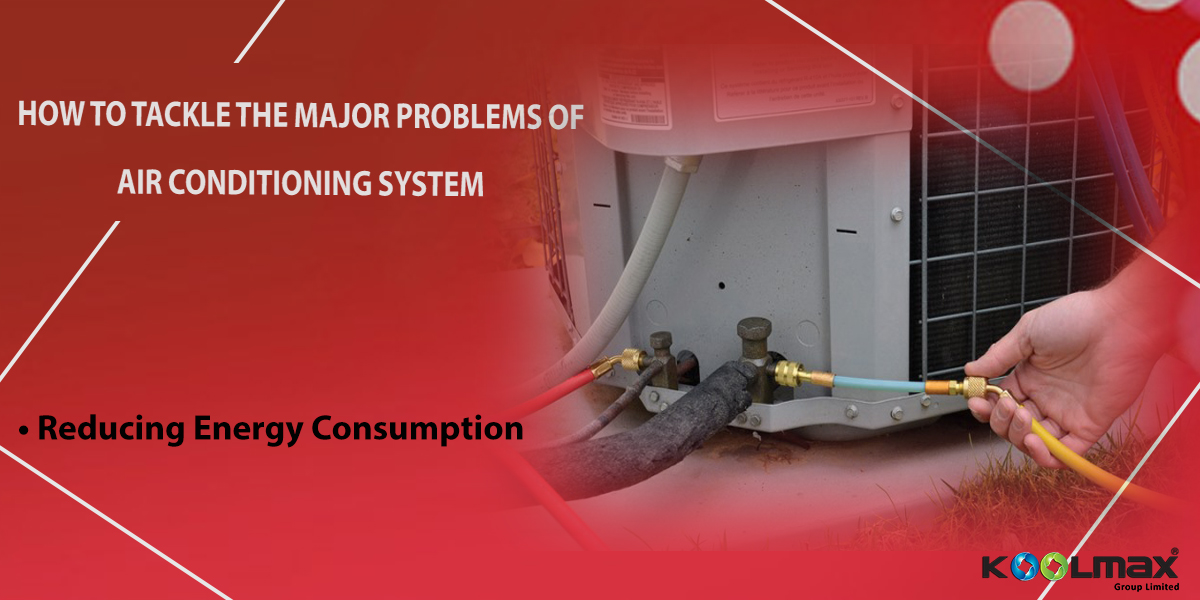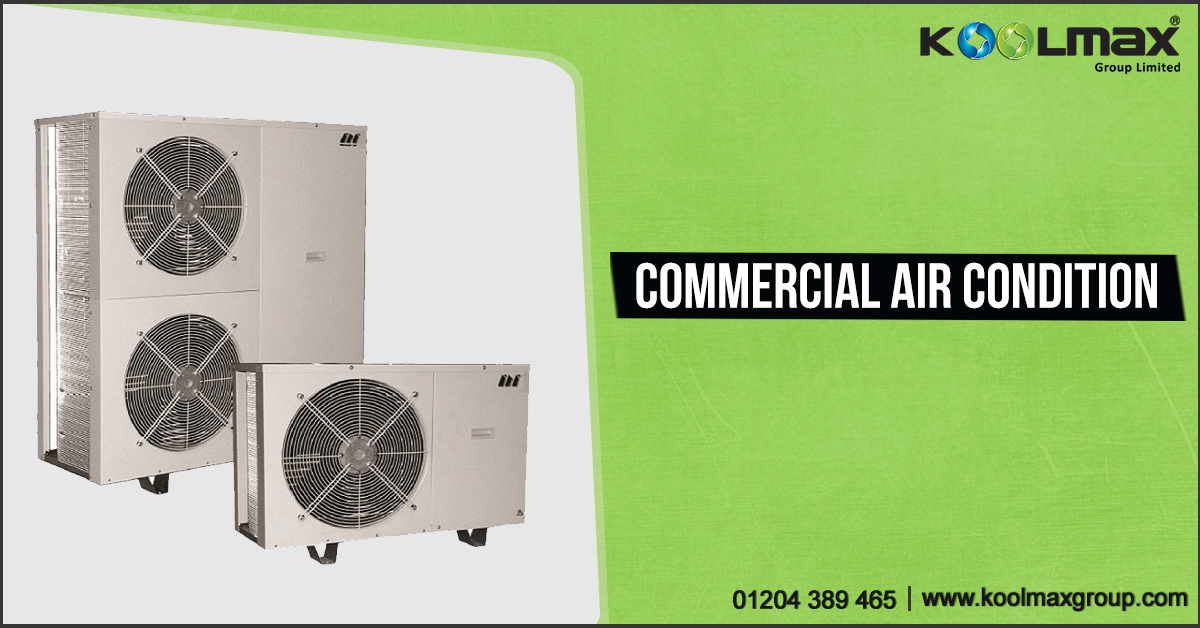As per the recent data from the ABRAS (Brazilian Association of Supermarkets), with more than 84,000 stores from more than 1000 companies, the supermarket sector is accountable for 5.6 per cent of the GDP and it forecasts the raise of 2 per cent in actual-sales in 2015. With the increased focus on cost control, the sector has heavily invested in energy-efficient solutions, considering that the increase in the price of electrical energy affects the costs of the store’s process.
Reducing Energy Consumption
On the very first day of 2015, when the tariffs system became in action, it eventually added an extra charge over the electrical energy tariff. Actually, this system was implemented owing to an increase of the use of thermoelectric plants, as hydroelectric plants were facing low water-levels in the reservoirs. Thus, the prospect for 2015 is a major increase in the tariffs that goes beyond the adjustments of the last years. The cost of energy signifies about 1.5 per cent of the supermarket turnover and may rise about 1.7 per cent in 2015, ABRAS informed.
When it comes to the retail sector, the refrigeration systems are responsible for the greater part of the energy consumption. Therefore, one of the implemented solutions to trim down energy consumption in the short-term is automation. Mechanical engineer and refrigeration projects consultant, Lucas Riga strikes a chord us that this sector’s investment in energy efficiency started with the implementation of electronic components of control. Later on, the networks began using frequency converters to manage the rotation of the compressors, in addition to electronic controllers and electronic expansion valves of the refrigeration systems.
The network anticipates to cut at least 12 per cent of the energy consumption/square meter until 2020 with the reconsideration of the entire refrigeration system and the installation of latest air-conditioning unit in the stores, Marcellus Cerchiai, EM (engineering manager) of Walmart Brazil stated.
One more action that has been implemented in the retail sector to save electrical energy was the installation of doors in the counters, not just for frozen foods, but also for the counters of cooled products such as dairy, meats, fruits and vegetables. Cerchiai stated that “without retrofitting doors, these areas consumes up to 40 per cent of the total energy of the store.” To cut the consumption and to assure a more-efficient use, Walmart Brazil plans to put doors in the refrigerators with LED lighting that leads to a great economy in terms of energy. They closed the refrigerated counters and experienced the reduction in energy consumption of the store by approximately 8 per cent. In addition, capacity control compressors, electronic engines and electronic expansion valves have also been installed by Walmart Brazil.
Now comes the Carrefour that has also invested in preventive maintenance and appropriate air-conditioning and refrigeration systems in order to reduce the electrical energy consumption. This intent alone has already been accountable for cutting the total energy consumption of the company by about 2 per cent from Jan to Nov of the year 2014. Moreover, an ICEC (Internal Commission of Energy Conservation) was also founded in 2014 in order to increase the awareness among the teams of all of the units of the network concerning the coherent use of electrical energy.
One more example is Coop which renovated its unit in Diadema. The revitalization process includes both the extension of the sales area and the retrofitting while considering the cold rooms’ area and the perishables preparation as a main concern, extended by 300 m², in order to get modern refrigeration equipment, transport and conservation of the products. With the installation of a set of automation controllers of the store’s refrigeration and air-conditioning systems, for example refrigeration racks, condensers, cold rooms, refrigerated counters and the preparation areas, it is predicted that the energy economy shall reach 12 per cent. Certainly, lots of networks have invested in automation so far but there is still a loop hole. About 80 per cent of the supermarkets today still have amenities that use up a lot of energy. “In fact, loads of people are now into building new stores and are opting more financially feasible solutions thus, ending up using equipment and components that are less efficient. Here, one of the greatest challenges is to persuade the supermarket owners that new stores should reckon of efficient and more reliable technologies along with the significance of carrying out the retrofit of the existing stores,” Riga stated.
















